I haven’t written much this summer, but I’ve been thinking about gardening the whole time. Our travels took us north, to cooler weather, and gave us the opportunity to visit some wonderful gardens that are open to the public.
The first of these was the Allen Centennial Garden, a smallish “teaching” garden on the campus of the University of Wisconsin-Madison. This garden surrounds a house, the Queen Anne-style (sometimes called Victorian or Gothic) Agricultural Dean’s Residence.
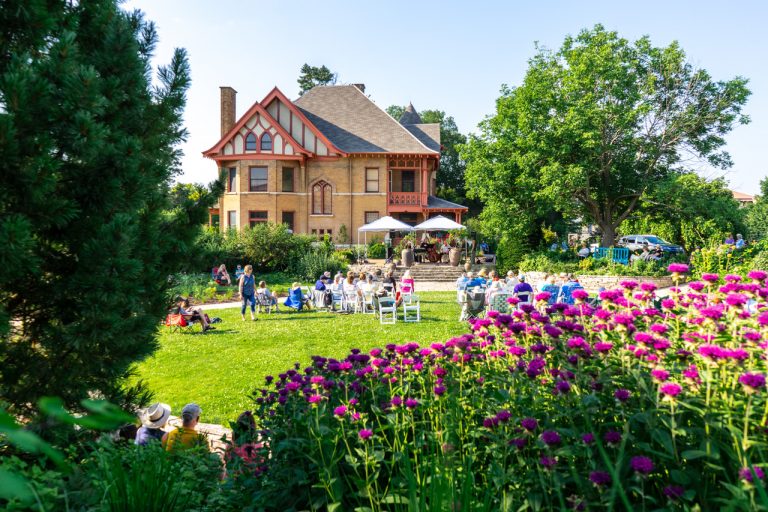
Although this is a public garden, the presence of the house gives it a residential feel, and helped me envisage how the plantings could work in a yard. The garden has six areas. Some emphasize different design styles, and “trace the origins of modern garden design, from the formal and romantic to the whimsical, exuberant, and ecological.” These include Japanese, New American, French and Italian, and English gardens. Other areas emphasize plant adaptations that allow them to survive in unusual conditions: Rock Garden, Pond Garden, Gravel Garden, and Dwarf Conifer Garden. If you’re curious, this video from a 2012 episode of The Wisconsin Gardener shows more.
Something about this segment seems dated to me, I’m not sure what exactly—although they talk about some then-trends that are now familiar, like square foot gardening. I wonder which of the practices we’re excited about now will seem dated in ten years.
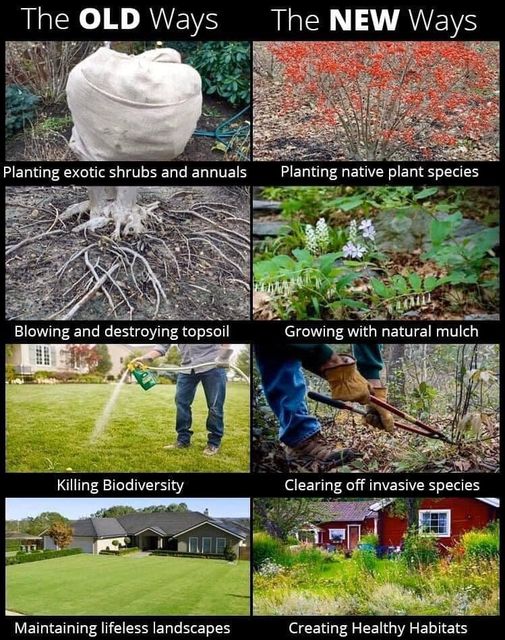
Next our travels us took us to Denver, where we visited the Denver Botanic Gardens’ York Street Location. These twenty-four acres feature many themed gardens, countless collections, and millions of plants.
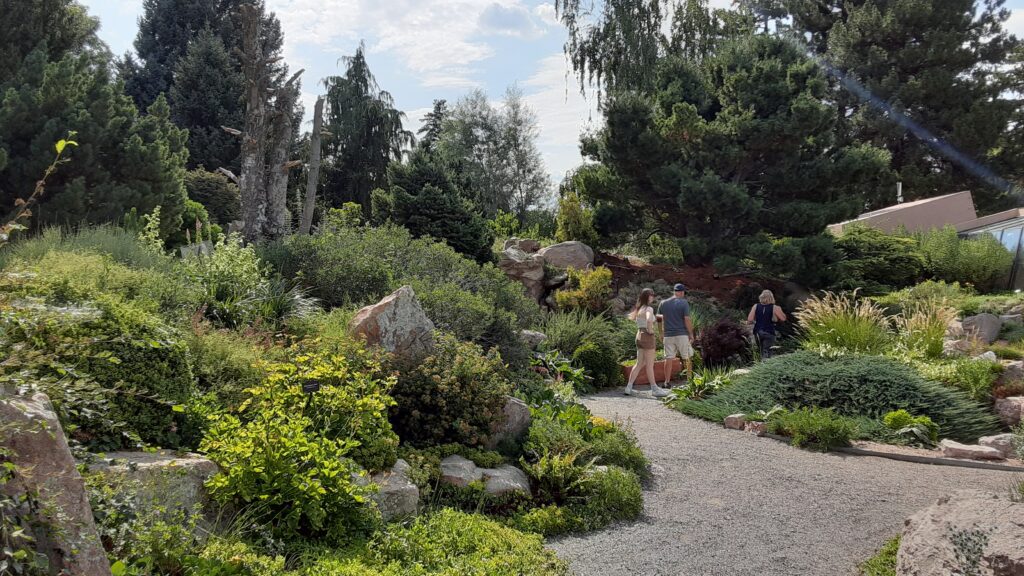
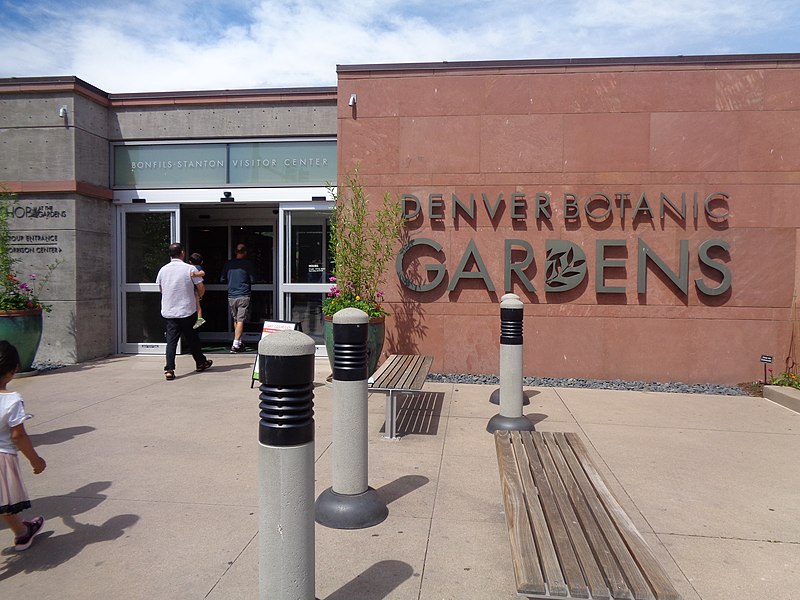
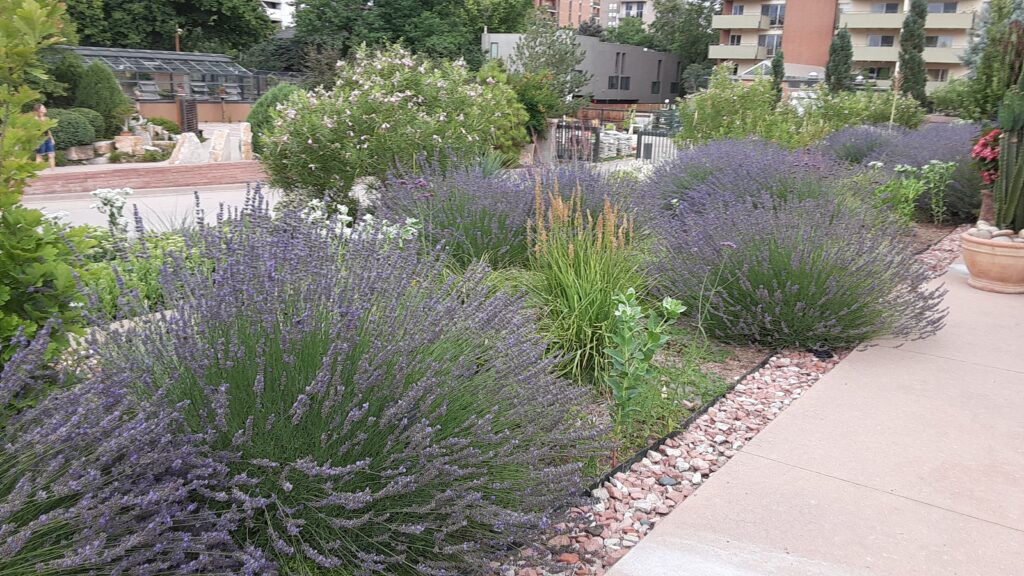
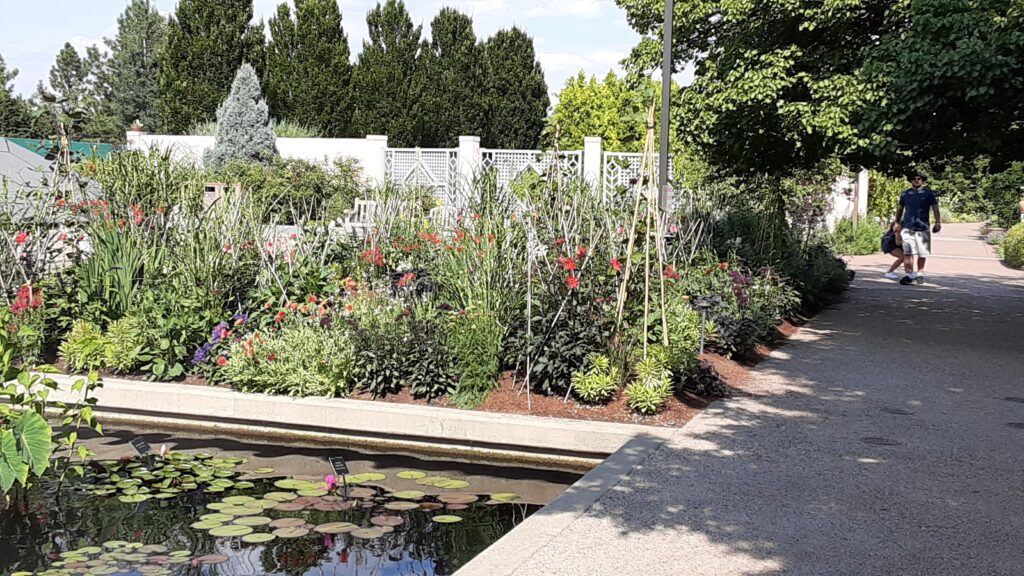
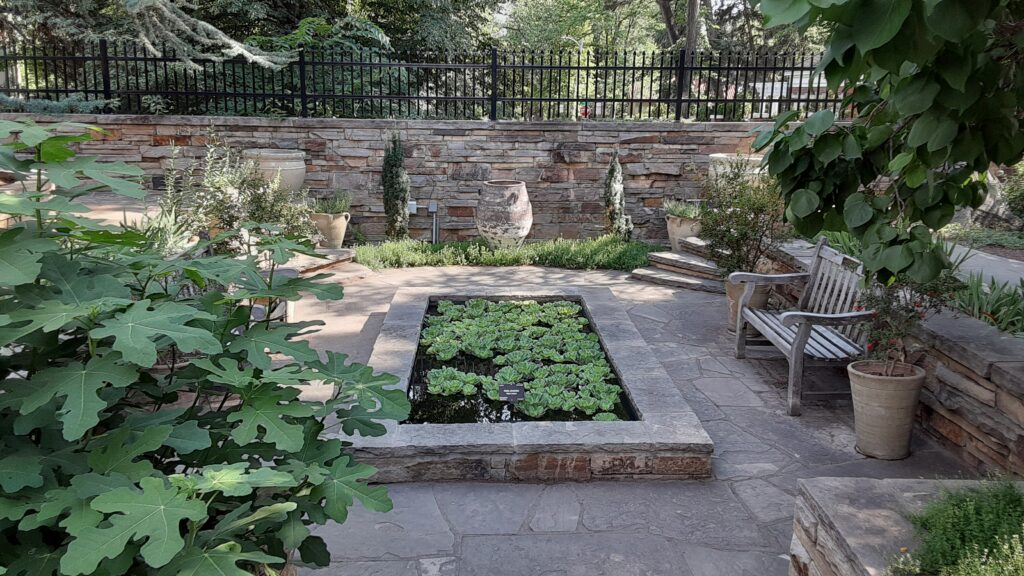
There’s also a tropical conservatory, worth visiting any time of year.
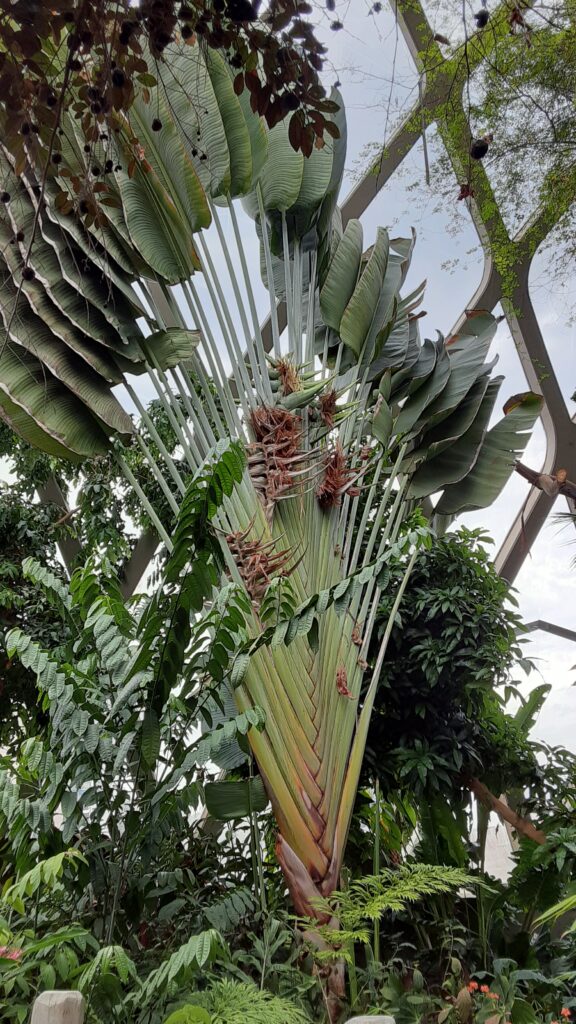
Denver Botanic was my favorite of the gardens I visited this summer, but strangely, I don’t have much to say about it. It’s a mature organization, as we say about nonprofits, operating at a high level and involved in many horticultural and ecological initiatives. With so much to look at, I stopped taking notes just took pictures.
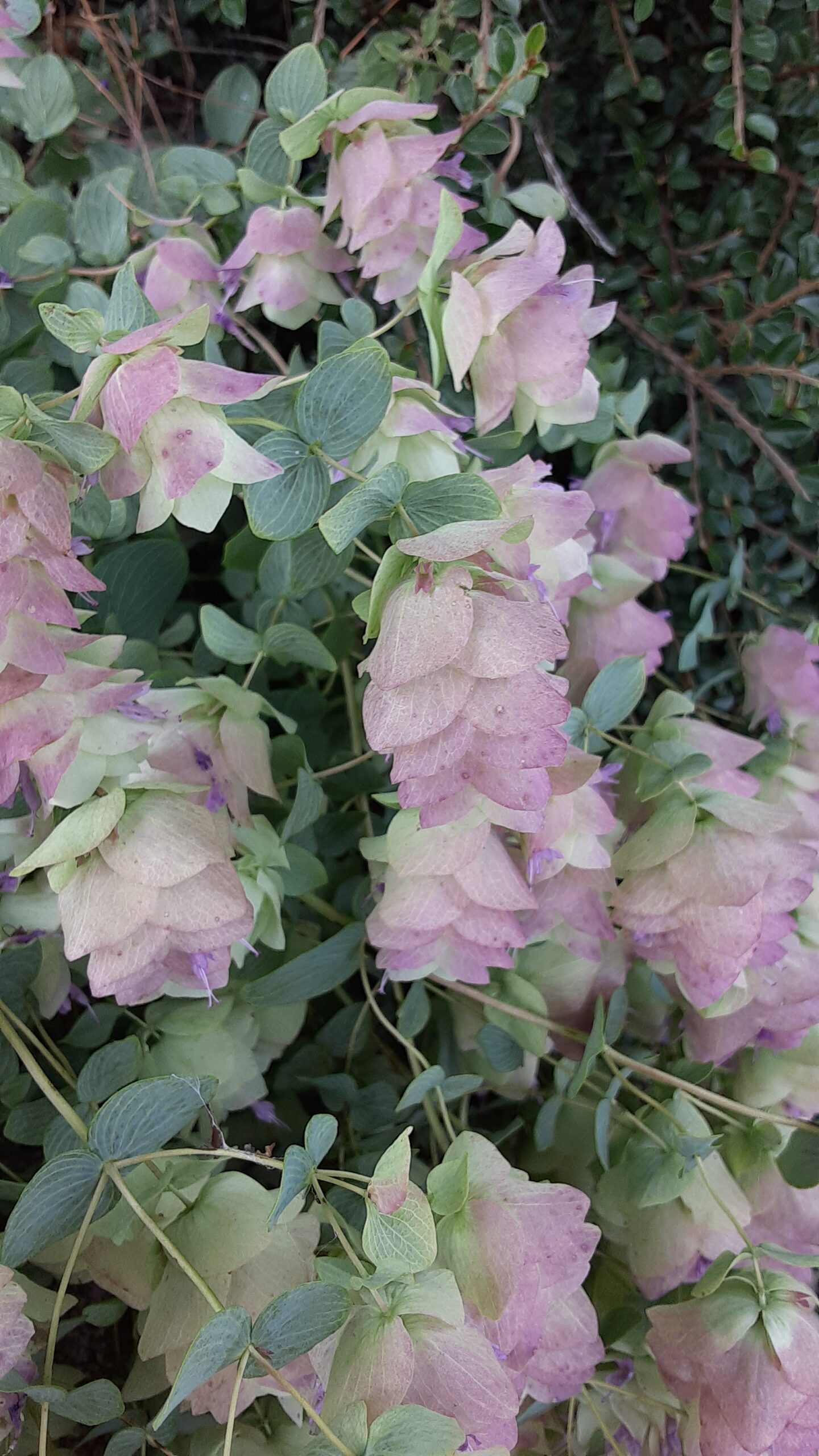
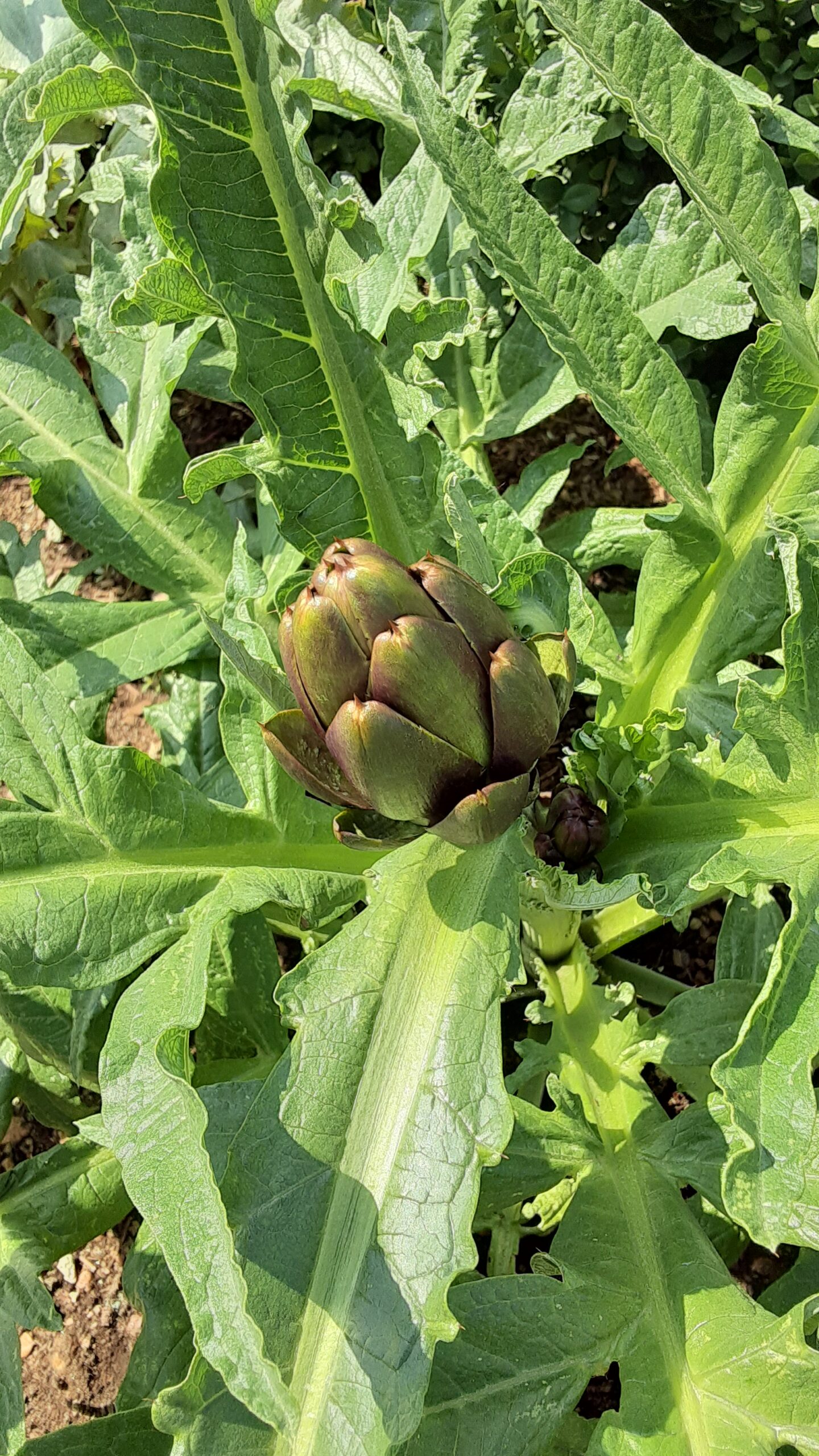
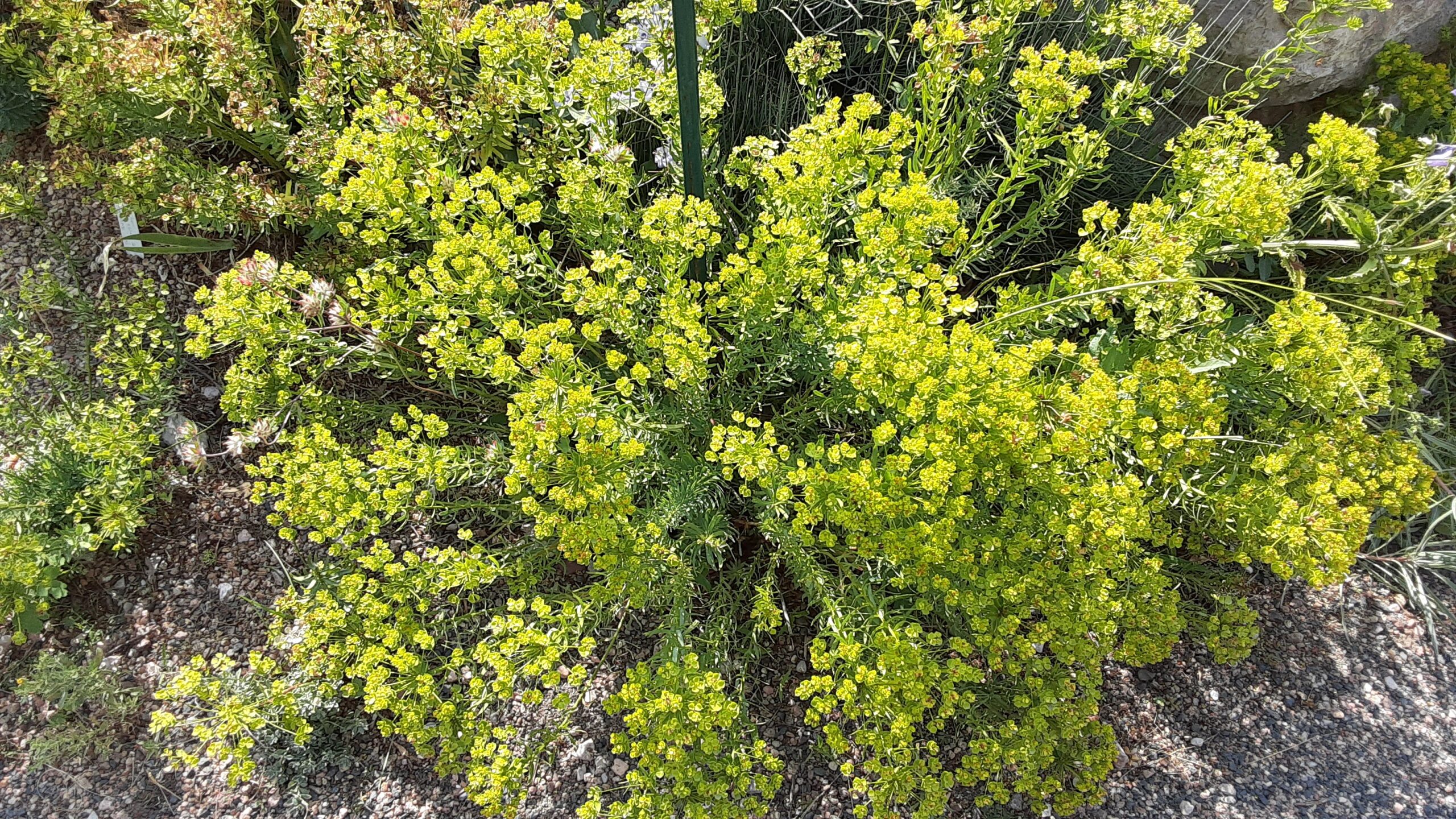
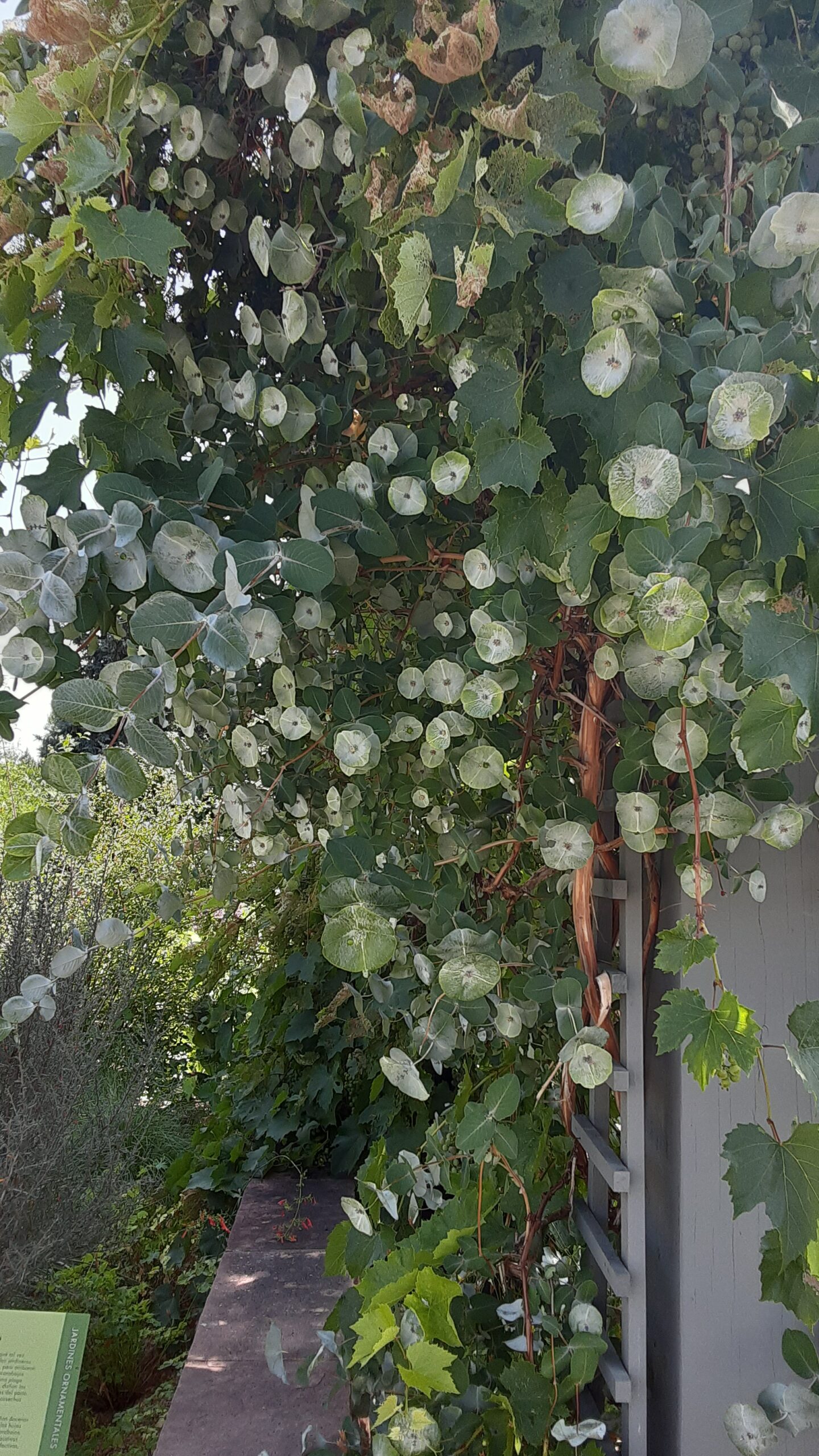
One of my favorite sights was of three friends, gray-haired women in their seventies, celebrating one’s birthday at a spot overlooking the Monet Pool. They decorated their picnic table with a Pierre Deux tablecloth, silver cutlery, and floral centerpiece, and they toasted their celebrant with rosé in Reidel glasses. Charmed, I thought of Karen Blixen arriving in Kenya with her china.
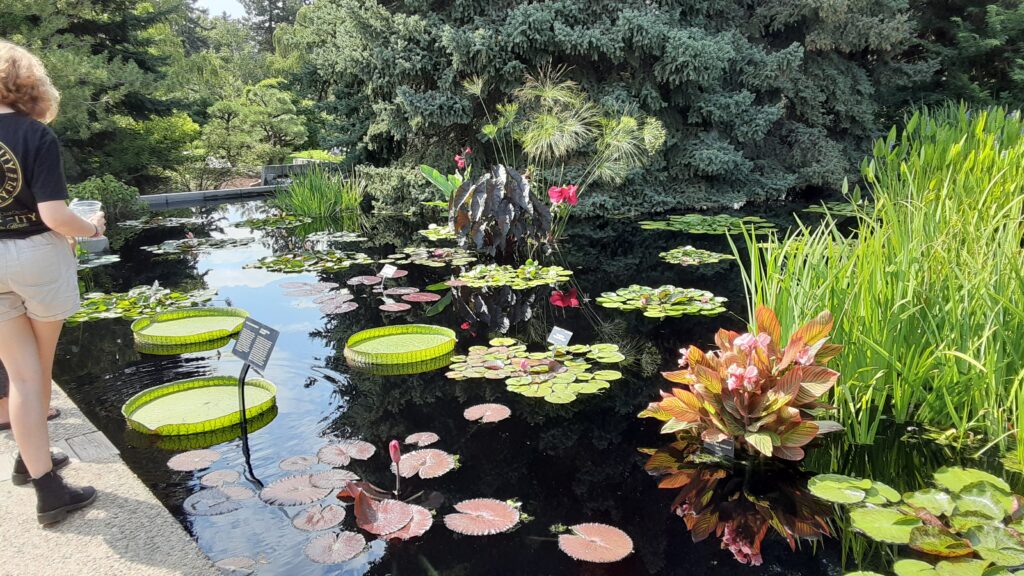
Here’s a tip: If you’re thinking of visiting, be sure to reserve tickets in advance. As of this writing, tickets are not available at the door.
When we were in Vail a few days later, we stopped at the Betty Ford Alpine Gardens. At 8,200 feet, these bill themselves as the highest botanical gardens in the world, with 19 areas showcasing plants from alpine regions including the Eastern Himalayas, Patagonia, and the Scottish Highlands. However, the focus is primarily on the Rocky Mountain West. A gravel trail takes visitors up, down, and through the different areas, over man-made waterfalls and bridges.
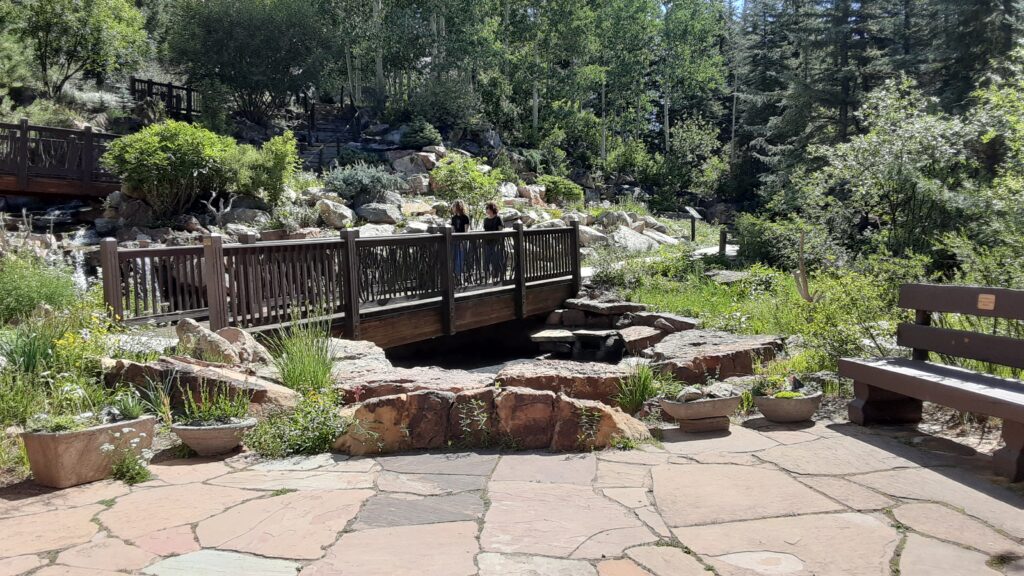
I give this garden extra credit for their excellent signs, which give the plant’s Latin botanical name, popular name, and place of origin.
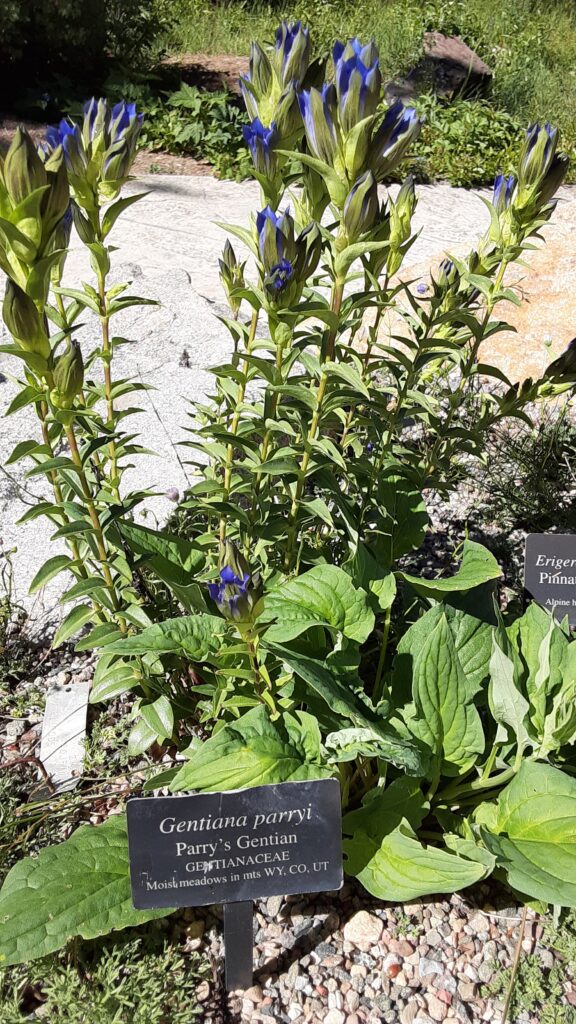
While we were there, the Ford Amphitheater next door hosted an “exclusive donor event,” a brunch, for patrons of the Vail Dance Festival, which took place while we were there. Former First Lady Betty Ford was passionate about dance, even serving as an understudy for Martha Graham, who called her a “very great gift to us in America.”
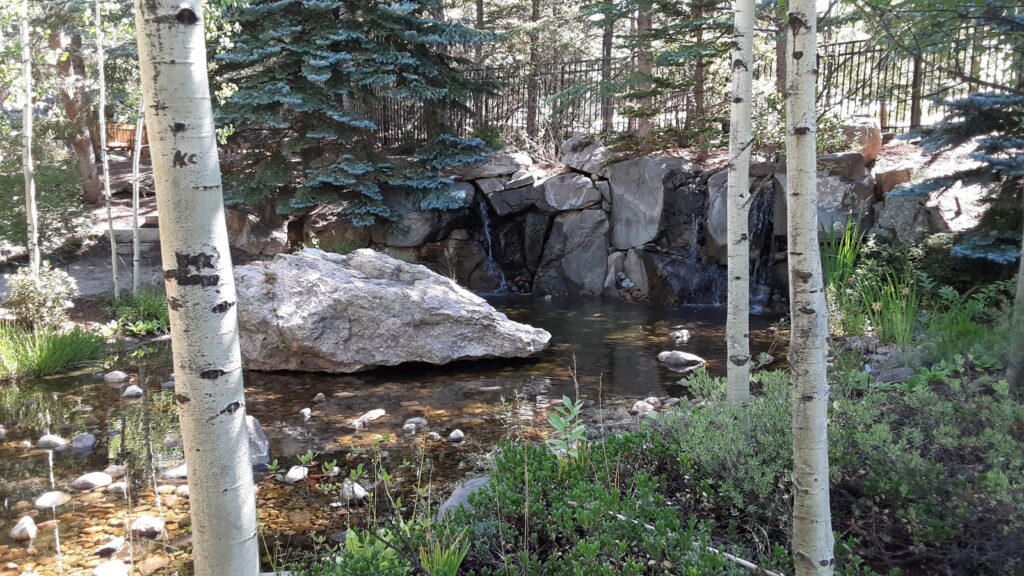
A walk through this garden mimics the feeling of being on a hike above treeline, but takes less exertion. I prefer taking the hike, but appreciate the help identifying the many tiny plants that survive in those inhospitable conditions. I have a great wildflower handbook but seldom stop to consult it when hiking.
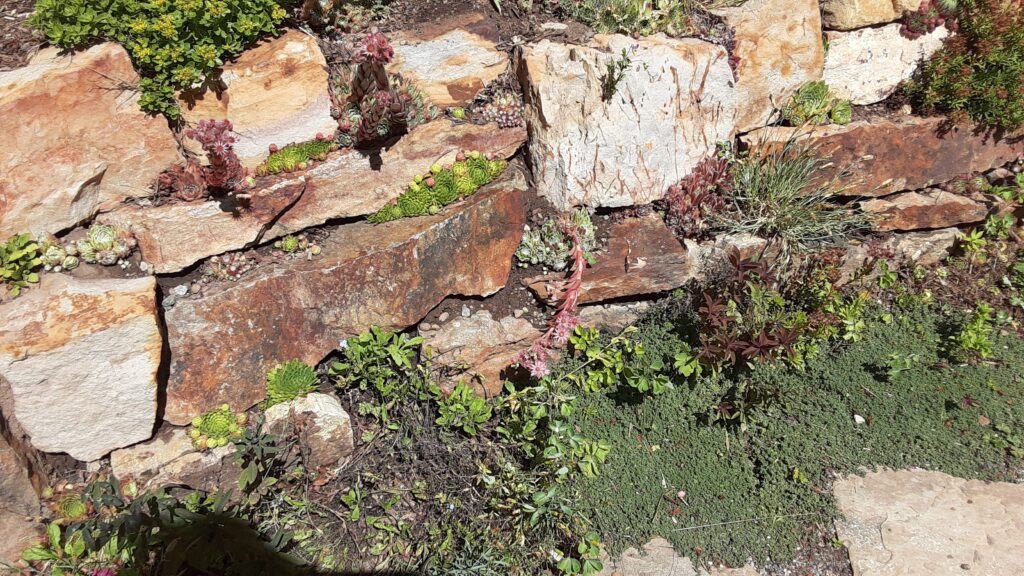
The prospect of gardening in poor soil without supplemental water is something more of us will have to face in the future. Did you seen Margaret Roach’s recent column about Crevice Gardening? It features many images from the Denver Botanic Gardens. I wonder if she took the same trip I did.
Now we’re back home, and fortunately not too many plants died in the heat, although some did. This is a good time of year for my wild garden, with the rudbeckia blooming, and blue wasps, bees, and butterflies buzzing around the milkweed. I can report that Rabbit Scram did not work, but fencing off the beds did. Next up, I have big plans for fall planting season. Stay tuned and thanks for reading!
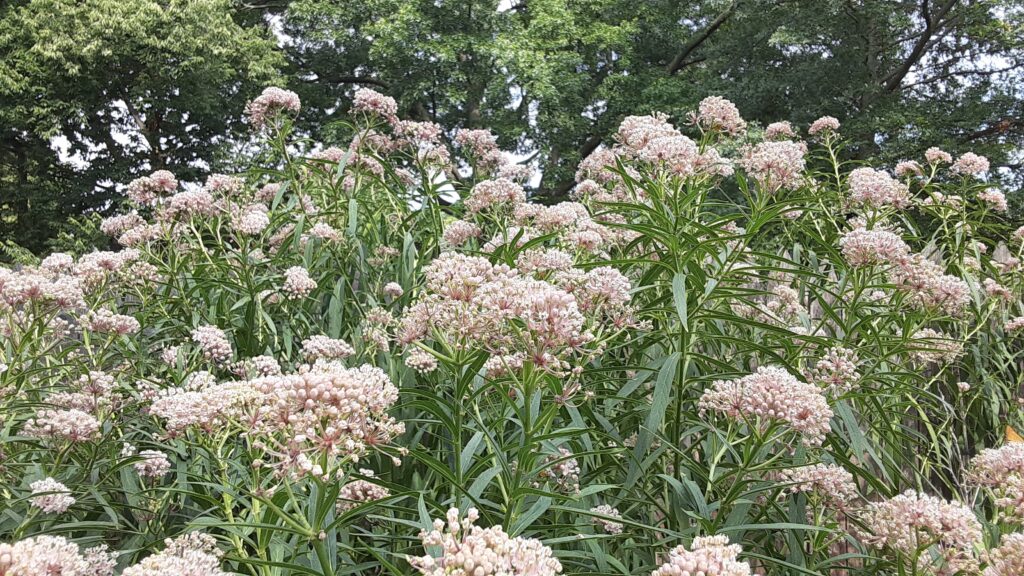
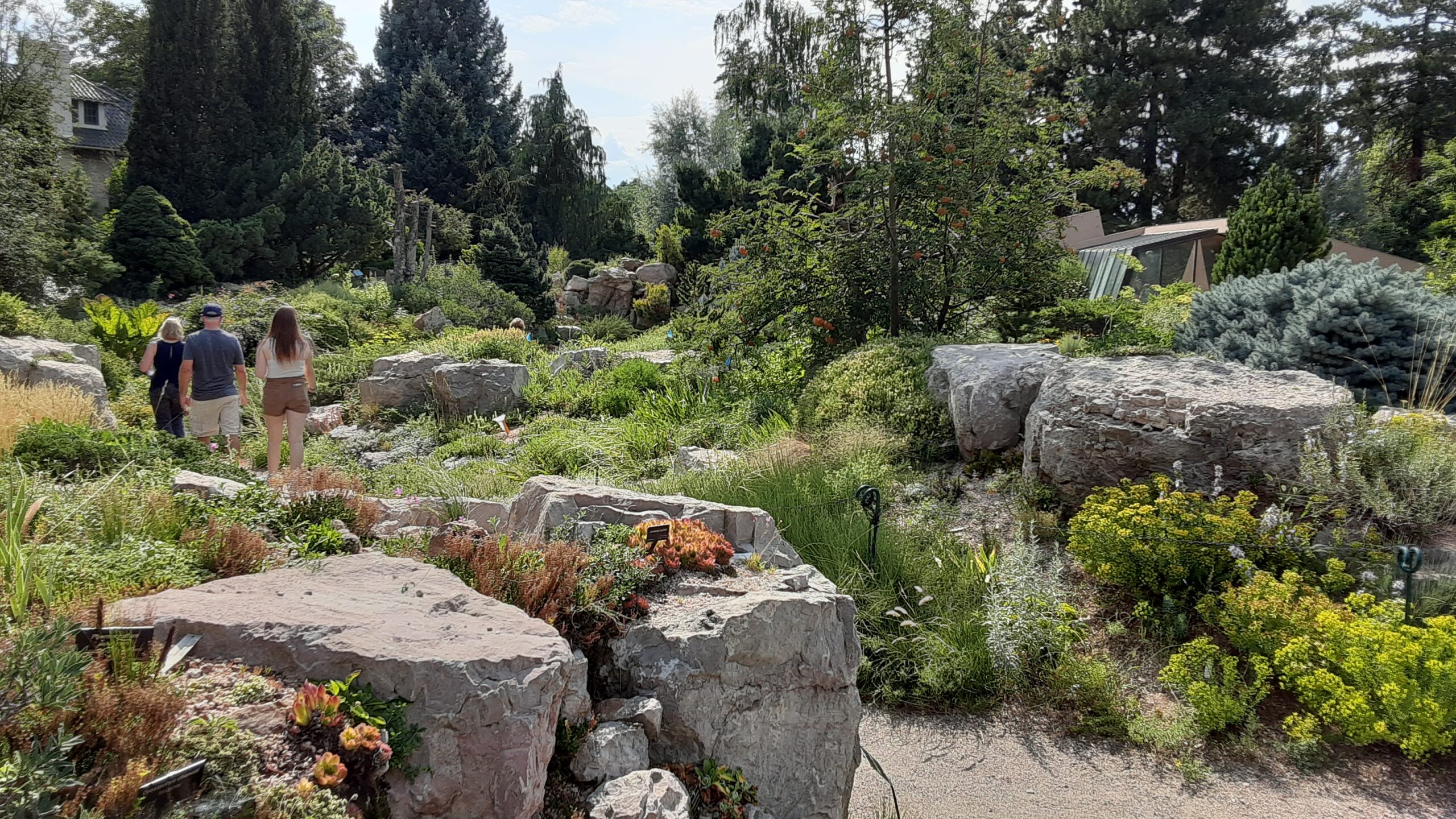
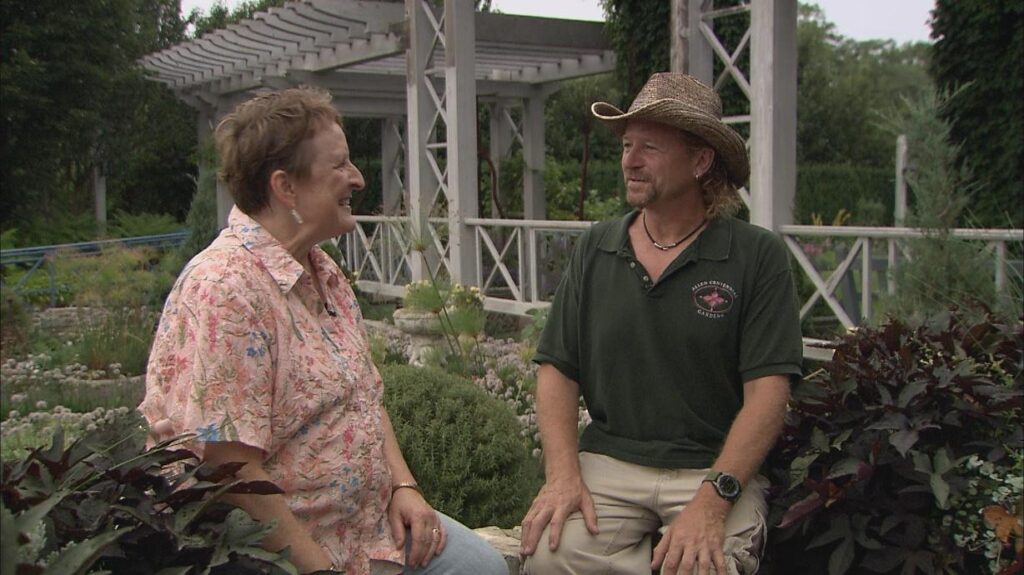
Thanks for the information.